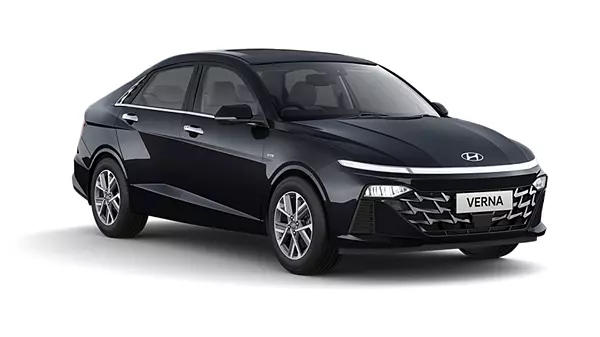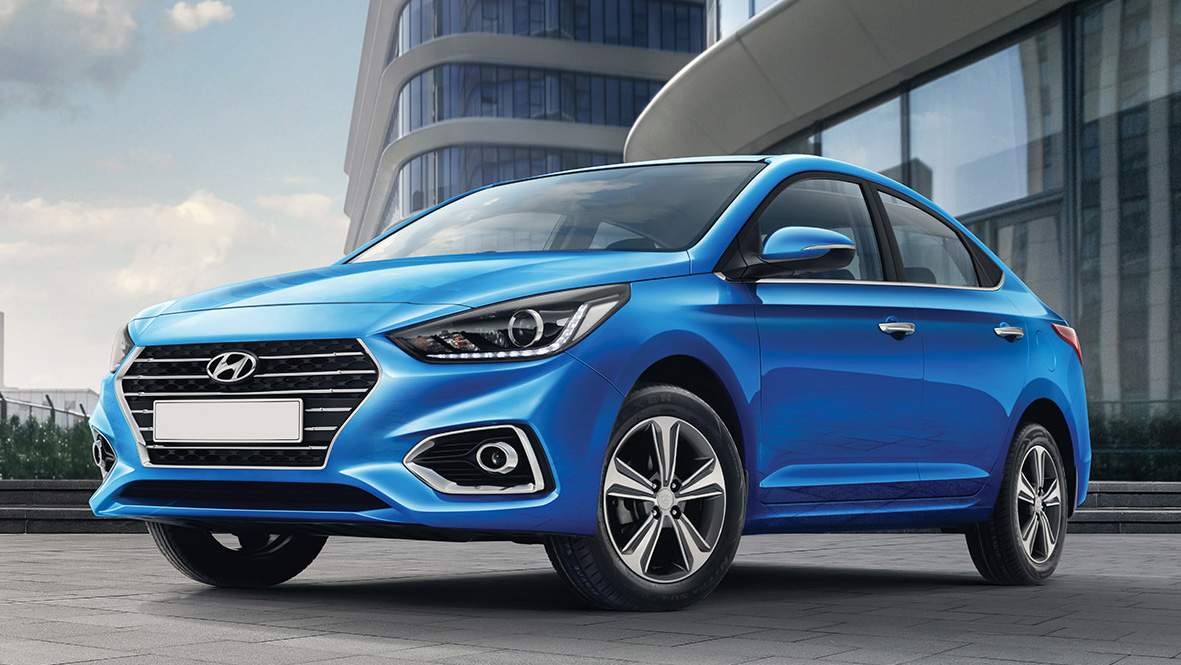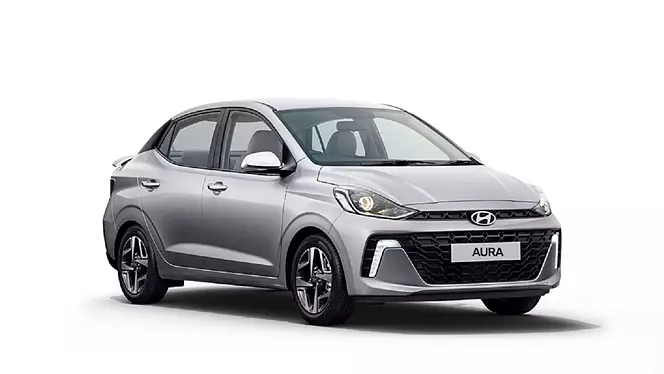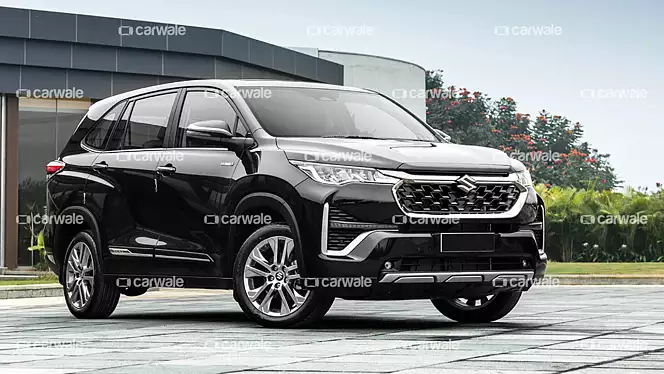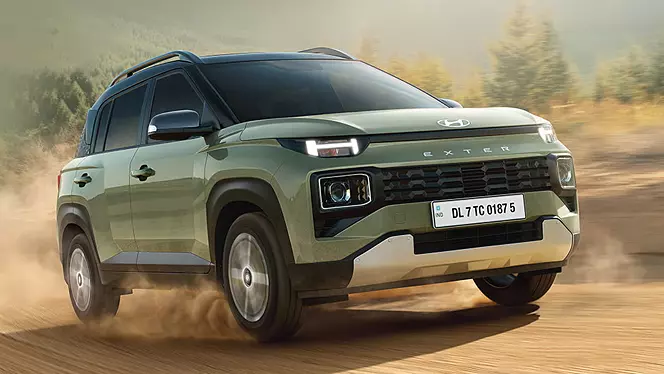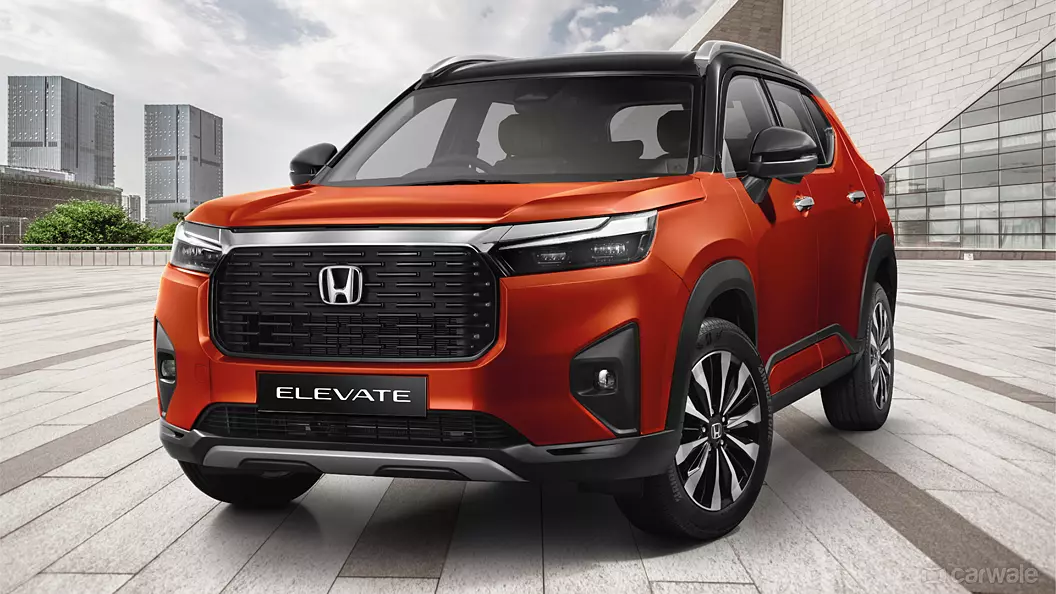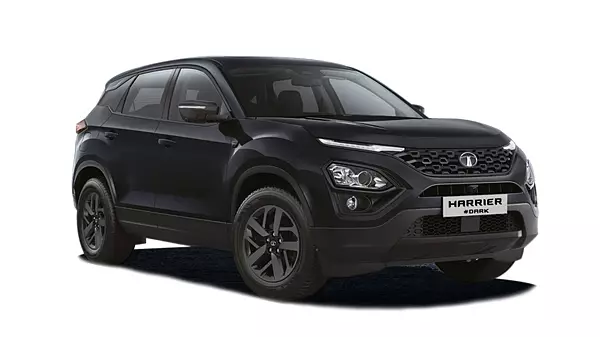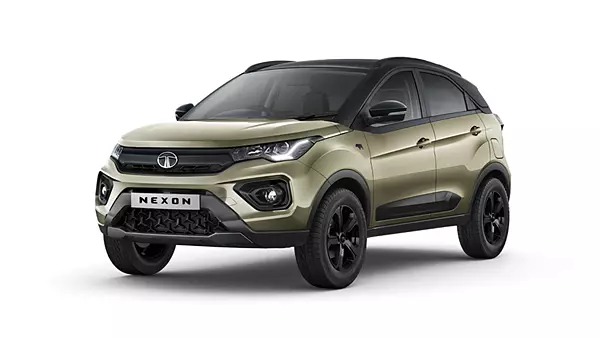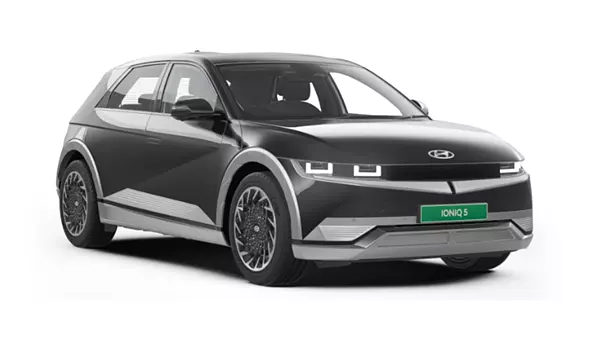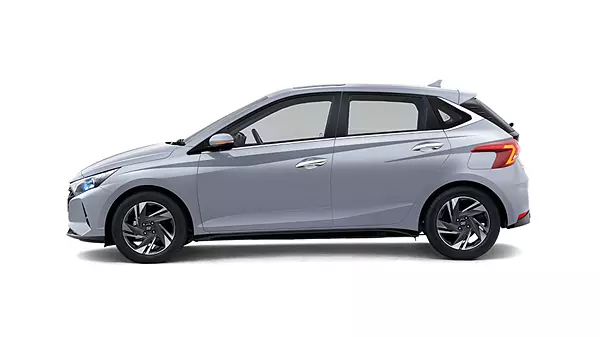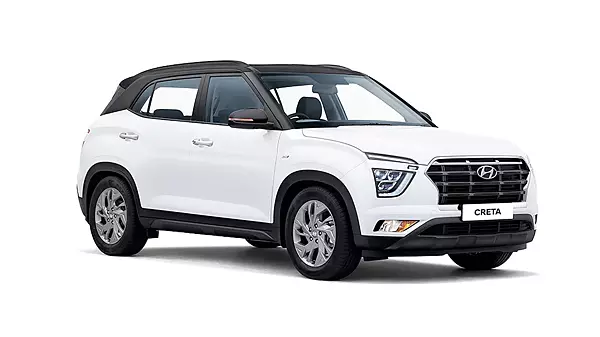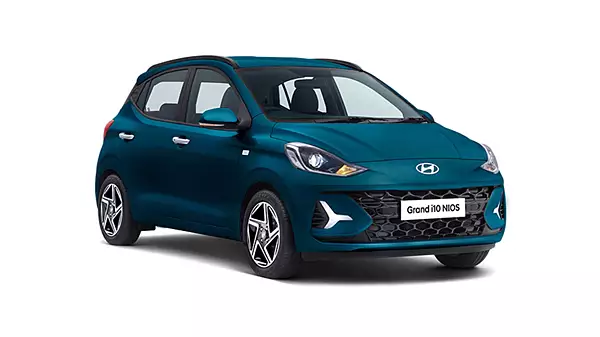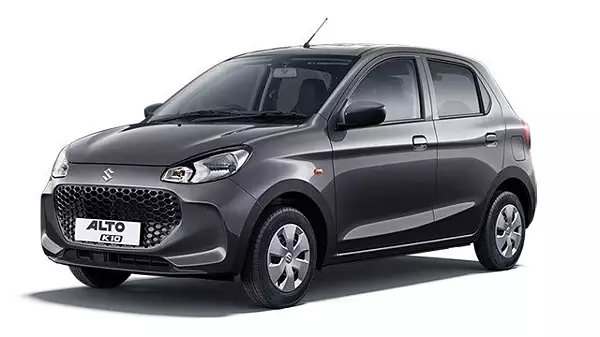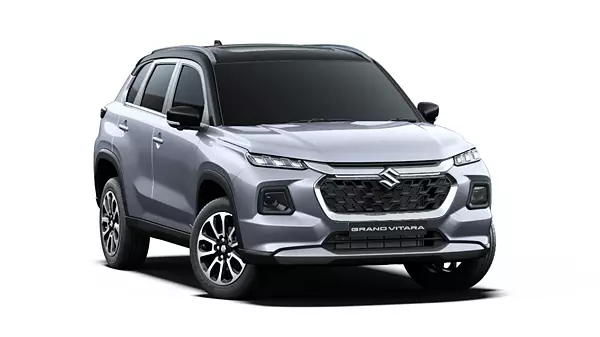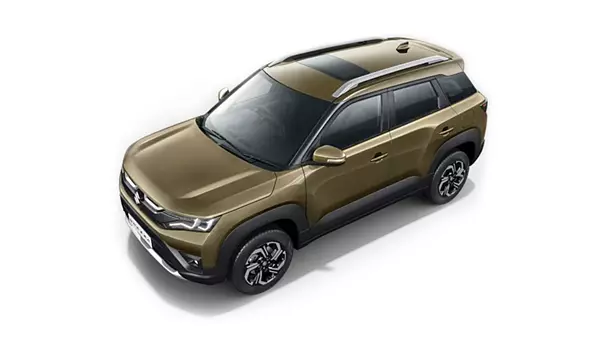They say sedans are a dying breed. But with this new-gen Verna, Hyundai is aiming at securing twice the sales figures compared to the outgoing generation. This sixth-generation Verna is bigger, more modern, feature-laden, and more technologically advanced than the previous one. In fact, it’s one of the few cars to offer ADAS in India now. So if you are looking for a three-box body style in an SUV-dominated era, should you consider the new Verna over the updated Honda City, or the German cousins – Volkswagen Virtus and Skoda Slavia? Let’s take a look.
The ‘sensuous sportiness’ makes the new Verna look like the US-spec Elantra – especially from the rear and that’s a good thing. Taking a leaf from the bigger Hyundai flagships abroad – like the new Sonata and Grandeur – there’s a sleek LED strip running across the nose while the headlamps are placed lower down the grille. In profile, the new Verna’s silhouette carries over the fastback roofline but what grabs attention the most are those character lines. Especially, the three lines which meet at one point on the rear door. Overall, the style and substance of the new Verna have raised the bar for other sedans to match. Taking inspiration from the Ioniq 5, Verna's cabin has many likeable elements making it a feature-laden fiesta. While the dashboard aims at being minimalistic, it follows the recent trend of combining a digital driver’s display with the infotainment system in a seamless floating panel. Although the 10.25-inch touchscreen runs the newer interface, the digital driver’s display is a familiar one as seen on the previous-gen Verna Turbo or the N-Line offerings. Then, the driver’s focused cabin runs a kink towards the passenger side. This places all the buttons and controls in easy reach, but the touchscreen is difficult to operate when on the move. Moreover, the steering wheel tends to obstruct the rightmost section of the screen.
While the two-spoke steering wheel is new, its design looks rather plain Jane, and it’s also difficult to figure out when it’s upside down (not helped by Hyundai’s logo that looks the same upside-down). The buttons on the steering feel nice to operate like all the other buttons inside the cabin. Speaking of buttons, there’s a special one set on the corner of the centre panel. It gives a dual personality to this centre panel by operating either as a multimedia control or an AC control. We like how ingeniously the physical knobs/scrollers can operate either the temperature/fan speed or volume/channel depending on what control has been set on the panel.
As for the seats, there’s electrical fore/aft and recline adjustment for the driver but a manual height adjustment. These seats also get heated/cooled functions, but more importantly, they are large and supportive and feel much more upmarket, wrapped in well-stitched leatherette upholstery. If we were to nit-pick, the engine start-stop button is placed oddly behind the steering and needs a bit of fumbling to find it. And the plastic used on the top half of doors or dash could have felt more special in an otherwise modern cabin.
Moving to the second row, unlike before, the scooped roof liberates a considerable amount of headroom. And the seats are positioned much lower, so you might feel a bit like you're 'in' rather than 'on' it. But it’s a pleasant place to be in, with good support from the seats. However, three adults abreast would still be a tight squeeze. Lastly, the massive boot space of 528litres can swallow up to two large suitcases or four to five cabin-size luggage with ease.
The Verna has always been the one to offer the most bang for the buck in the segment. And the new one has taken a leap ahead. Apart from the ADAS, there are a few more segment-first features here, including 64-colour ambient lighting, electric adjustment for the driver’s seat, automatic tailgate opening, multi-language support for the user interface, and heated/cooled seats — to name a few. With a modern yet traditional approach, it gets both Type-C and Type-A USB ports, whereas newer cars have started providing only either. It’s also high on safety with six airbags standard across the range.
There’re two petrol engines to choose from, no diesel anymore. Replacing the older 1.0-litre Turbo is a newly-developed 1.5-litre turbo-petrol that punches out a healthy 158bhp/253Nm and can be had either with a seven-speed DCT or a six-speed three-pedal setup. But what we drove was the 1.5-litre four-cylinder naturally aspirated MPi petrol engine that puts out 113bhp and 144Nm, and is paired to a CVT automatic (Hyundai calls it IVT) or a six-speed manual. We drove this powertrain instead of the Turbo because it’s this engine-gearbox combination that has been the most popular amongst the bookings Hyundai has received for the new Verna.
Go heavy on the throttle, and the engine gets vocal, especially past the 3,000rpm mark. The acceleration that follows isn’t brisk by any standard, but that’s not what this engine is meant for. It’s rather smooth and laidback and provides decent everyday usability. There are three drive modes here – Eco, Normal and Sport – altering the throttle response.
The new-gen Hyundai Verna has become a couple of lakh rupees more expensive than the outgoing model. Yet, it has advanced so much in every aspect over its predecessor that the price bump seems unimportant. With its long list of features, such as ADAS and high level of safety, it's more spacious than before and practical as well, the materials and build quality feel on par, and its features won't leave the buyer wanting for more.
Sure, there’s no diesel engine anymore, which is a bummer for those who have come to love the torque-rich 1.6 engine of the older Verna. But there’s a turbo version to satisfy the thrills. And this standard 1.5-petrol ticks all the right boxes to keep the desirability strong in this SUV-dominated world. So sedans are undoubtedly here to stay.


